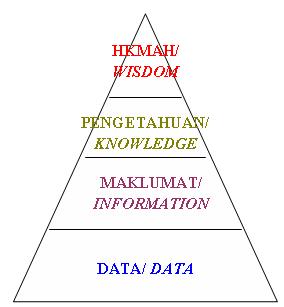By:
McNiff, J & Whitehead, J. 2006. All You Need To Know About Action Research. SAGE Publications. London. Page 107 – 153
I have extracted the model from the examples of action research plans as it explains the plans for research but no model used mentioned.
1) Planning.
The research questions follow ten (10) questions in ‘design (part 2)’.
2) Carrying out action plan
It is demonstrated by action research questions starts with “How I …” as reflex to research issues arise. As the research questions developed and the research plan on action, it comes with underpinning values which may relevant to the research.
3) Monitoring
It always involves choosing data gathering techniques that appropriate to the research questions. The monitoring process involved the experience of learning, action episodes and critical occurrence that will be recorded in journals, statements by people etc.
4) Gather and sorting data
In data gathering, the processes involved the questions of what, where and how. It also involved combination of processes of observing, recording, storing and sorting data.
5) Storing data
The analyzed data can generate evidence. After collecting data, gather and sort it into easier form, it can be stored in various ways such as in computers. The physical artifacts can be stored in boxes and try sort it regularly.
6) Reflects and revise plan
As research running, reflection always takes part in the cycle. Do revise plan as it goes further for advance action.




